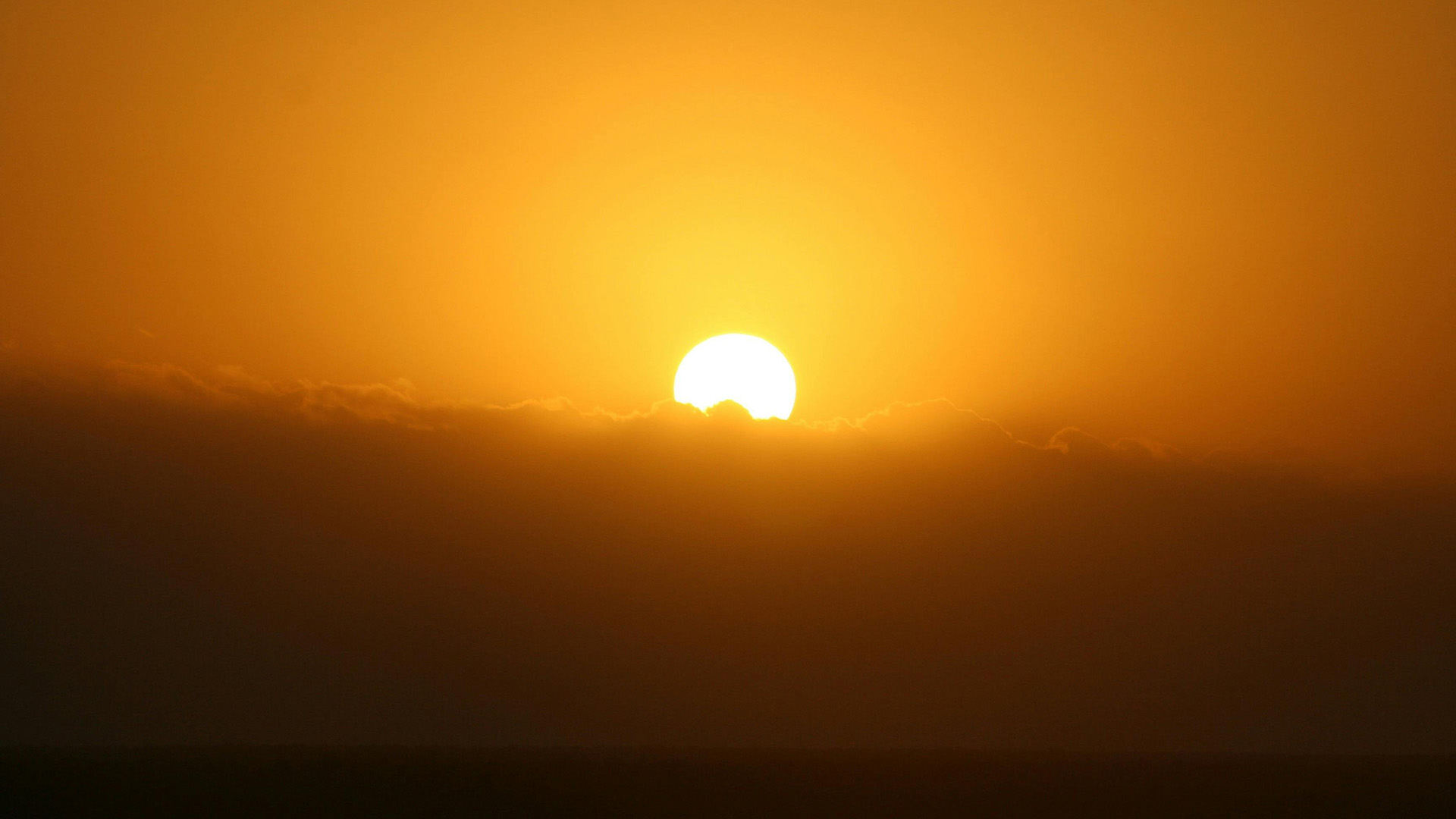My first visit to Australia was back in 1983 when, as a medical student from the UK, I travelled to Fitzroy Crossing, a small town in the Kimberley region, to see rural medicine that was unlike anything I’d seen in Britain.
It was February, and the locals were worried because the Wet (whatever that was) hadn’t arrived. The land was parched, dry and ridiculously hot. Visiting remote indigenous camps with the GP saw me hopping from the shade of one bush to another to try and escape some of the heat. The noise of the pedestal fan in my room at night as it feebly attempted to circulate some of the hot air did little to help me sleep.
The eventual arrival of the Wet saw torrents of muddy brown water fill the Fitzroy River and surrounding flood plains for as far as the eye could see, making my departure a challenge as now the airport (a lean-to shelter and strip) was underwater, the road in from the East was closed and the road to the West about to.
I did manage to get out, and that was another adventure in itself.
Australian summers are renowned for their clear skies and sunshine.
And heat.
We’ve now lived in Perth for many years and acclimatised to the weather. It’s not uncommon to hear locals say they won’t swim in the ocean unless it’s over 28 degrees Celsius.
While it’s not unusual to reach 40 degrees Celsius on one or two days, this summer, we’ve had multiple days above this temperature. One day recently, West Australia was noted as the hottest place on earth, with Carnarvon reaching 49.9 degrees C.
If you’ve been feeling a bit hot under the collar recently when it’s hot outside, how has it affected your ability to sleep, think or interact with others?
When you’re too hot, you may have noticed you become more irritable, snarky, angry or even aggressive. As temperatures climb, tempers fray, and we become more intolerant of events and people. Violence rises.
It’s also energy-sapping. Feeling tired and sluggish happens because your body is working overtime to help you keep cool. We react more slowly and can be at risk of dehydration if we’re sweating a lot and not adequately replacing our fluids.
If you notice you’re feeling sick, dizzy or physically weak in hot temperatures, this signals that your body isn’t coping. It’s time to move indoors, rehydrate and cool down.
Heatstroke is far more serious than we give it credit for. It can kill.
There are three stages of heat emergency.
1. Heat cramps.
Muscle pain and tightness are the first indications your body has been working too hard in the heat. You need to stop, get inside into a cooler spot, rehydrate with water and electrolyte solutions, and, if necessary, massage those muscles.
2. Heat exhaustion.
These symptoms include headache, nausea, vomiting, extreme thirst, irritability, excessive sweating, rapid heart rate or breathing, mild confusion, dizziness or passing out. If you’re experiencing any of these, find a cooler spot immediately, use wet towels or a cool shower to help lower your body temperature.
3. Heat stroke.
This is the time to be seeking urgent medical assistance. All the above symptoms may be present along with a high body temperature above 40 degrees Celsius, irrational behaviour, hallucinations, confusion, seizures, loss of consciousness and dry skin from excessive dehydration.
If you live in a region prone to excessive heat or you’re visiting an area where you’re not used to the extremes there are some simple things you can do to keep safe.
Tips to reduce your risk of heat stroke.
- Stay inside.
- Close the curtains or blinds to keep the sun’s rays out of your home or office.
- Keep drinking cool liquids regularly. Avoid alcohol and caffeinated beverages and keep an eye on how often you pee and its colour. Aim for a nice straw colour. Thirst is a poor indicator of dehydration.
- Run your air conditioner (if you have one) at 24 degrees to help avoid heat building up in your home or office.
- Use a pedestal fan to keep the air circulating.
- Use a spray bottle with water to keep yourself cool. This uses the latent heat of evaporation to cool down your skin temperature. I like to spray the water towards the fan, which then sprays me.
- Avoid high-intensity exercise.
- Wear light-coloured, loose-fitting clothes and, when outside, a broad-brimmed hat and sunglasses.
Babies, small children, and those over the age of 65 years are especially vulnerable to extreme heat.
NEVER EVER leave a child, pet, or older person inside a hot car, even for a few minutes.
The Urban Heat Island Effect.
You’ve probably experienced this yourself. Cities are generally hotter than rural areas, partly because of the use of paved and dark-coloured roads and heat reflection from the buildings.
With 90% of Australians living in cities and towns where the average temperatures are typically four degrees hotter than rural areas, it’s time to look at how we can better address these urban heat islands.
If the bitumen on the road is melting, you know it can burn your feet! This does beg the question of why we lay so much black asphalt on our roads. These surfaces absorb more heat during the day and retain it for longer at night.
Professor Sebastian Pfautsch is an urban heat specialist from the University of Western Sydney who has been campaigning for paler roads for years. Did you know the temperature of asphalt in outer city suburbs can reach up to 75 degrees Celsius?!
Trials of introducing cool pale roads in Adelaide and Sydney have demonstrated a significant reduction in the surface temperature of between 5.6 and 8.6 degrees by day and 2 to 4 degrees at night.
Using trees and other vegetation to absorb heat.
If you’ve ever spent time travelling through France, you’ll have noticed how many of the roads even in the countryside are lined on either side by trees, to provide coolth.
Street trees in many cities are planted for the same reason, providing shelter, reducing glare and lowering temperature.
The positive impact is significant.
An article published in The Lancet in January 2023 looked at how to reduce the mortality burden of death from the urban heat effect. It showed that increasing tree coverage in 93 European Countries could reduce the death rate from extreme heat by 1/3.
This expands previous work in a metanalysis that showed that trees keep us cool firstly through the shade of their canopies and secondly by a process of evapotranspiration (a good word to impress your friends with) where they reduce the amount of heat available to warm the air around them.
Our warming world demands we take steps to keep ourselves safe from excessive heat.
As summer winds on, how will you beat the heat to keep your cool?


